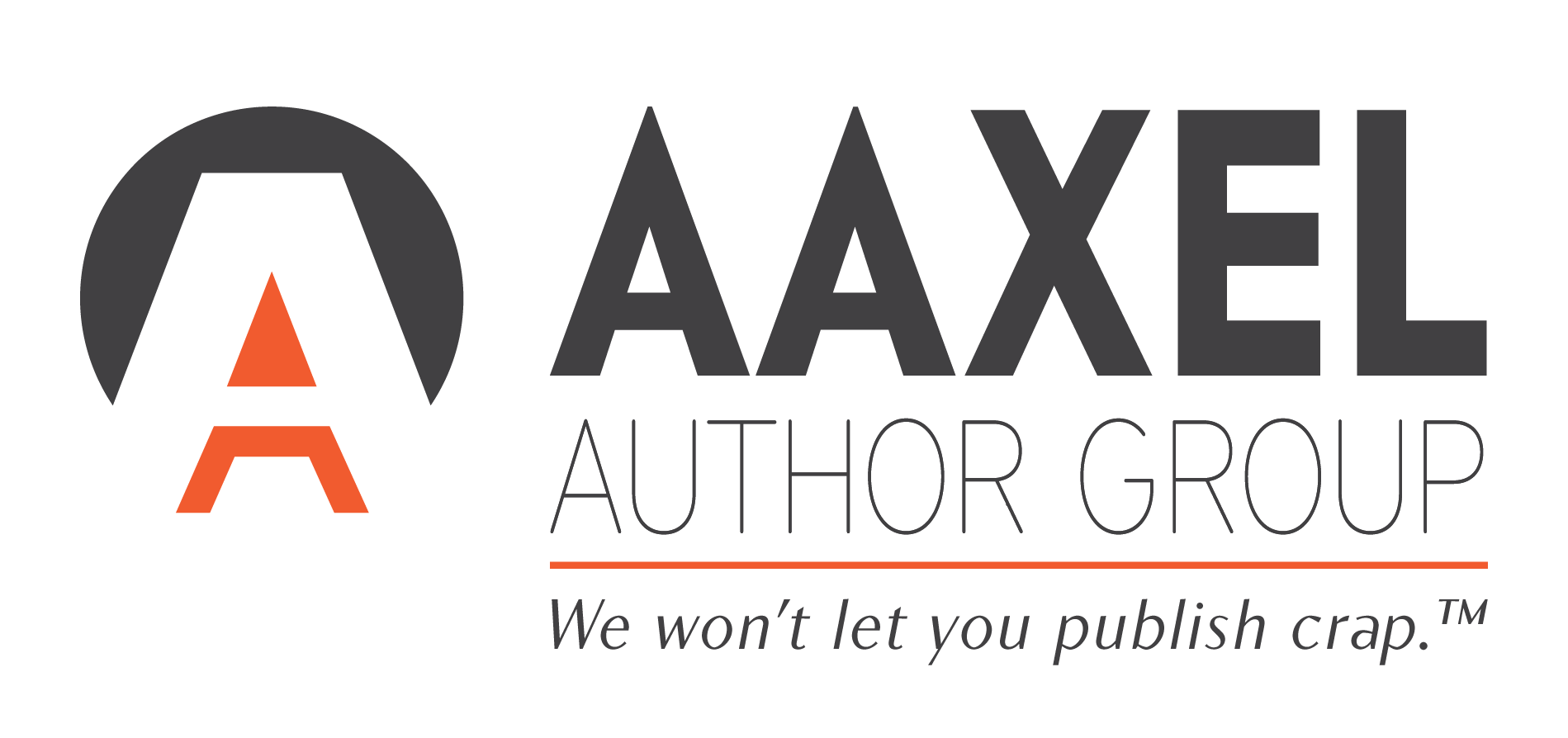How to Write a Killer Book Blurb
When it comes to getting a reader’s attention, it’s all about the book packaging—but that doesn’t just refer to front cover design. Sure, a book cover might catch the eye of potential readers, but it’s not the be-all and end-all of book reading persuasion. You also want to make sure that your book features an enticing synopsis or blurb on the back cover.
What’s a Book Blurb?
A book blurb is a short and intriguing description of the content of your book that is meant to pull in and entice the reader into investing themselves in your book. If you have written a work of fiction, then your blurb will feature your story’s main character and conflict. For non-fiction, you will want to put the spotlight on the topic you explore in the book and how it benefits your readers. A blurb typically ranges between 100 and 200 words of sales copy and is often accompanied by an opening tagline.
How do You Write a Book Blurb?
There are a handful of things to take into consideration when writing your book blurb:
Point-of-View and Tense: Without a doubt, a book blurb should always be written in the third person present tense. (Yes, even if your story is written in the first-person.) Writing in the third person distances the book blurb from the narrator, and the use of present tense creates a sense of urgency that will spark reader interest.
Genre and Tone: It’s crucial to understand what genre your book falls under, since it will help dictate the tone of the blurb. It would do you no good to write a blurb that’s better suited for a romance novel if your book is a mystery. Instead, the words that are chosen and the mood that’s conveyed through your blurb should make the reader feel like they’re about to read a mystery—ominous and gripping.
Readability: There is only so much space on a back cover or dust jacket for a blurb, and only so much attention a potential reader can hold. For that reason, a book blurb should be easy to read, with short sentences, simple descriptions, and concise paragraphs. Getting caught up in prosy descriptions and complicated sentences can really bore a reader, and no one wants to read a boring book!
Giving Too Much Away: A book blurb is not a summary. It’s not the place to give away the entire plot (in the case of fiction), or to include every point of your argument or research (in the case of non-fiction). It does, however, give just enough to compel the reader to want more. For fiction, keep it to short and concise hints at the main plot points, while ending on a major cliffhanger. For non-fiction, address how your topic responds to readers’ wants and needs, include a couple of examples of how your book will benefit your reader, and end with a compelling call to action.
What’s the Structure of a Fiction Blurb?
Tagline or Hook: The tagline or hook is a short and intriguing sentence that encapsulates the main theme or issue of the story. It’s what catches the reader’s attention when they first start reading the blurb.
Character: The protagonist is one of the most important features in a novel and should be briefly introduced in the blurb. The story is about them after all; just remember to not give too much information about your character away.
Conflict: A plot is built around conflict and is ultimately what’s going to make a potential reader want to read your book. Tease conflict and what’s at stake in the blurb, but make sure to not reveal everything. Not knowing what’ll happen, will make the ask questions that’ll lead to them open the book to the first chapter and close it only when they reach the end.
What’s the Structure of a Non-fiction Blurb?
Tagline or Hook: The tagline or hook is a short and intriguing sentence that encapsulates the main topic. It can also be a question to prompt your reader to reflect.
Topic: Identify the central topic of your book and why it is so relevant and important.
Learning Points: Offer a short list of key themes or sub-topics that your book explores. Ideally, you will also weave in how each theme benefits the reader. For example:
-
- Financial planning and how it can secure your future
- Exercises that will help you build muscle
Call to Action: Finally, close off the blurb with a clear call to action. You will want to go beyond a simple “pick up this book,” of course. Why should a reader pick up your book? How can they expect their life to change from reading your book? What can they expect to gain?
Don’t want to write your own blurb? Blurb writing is included in all our publishing packages, or we can offer it as an à-la-carte item.
Contact us to learn more
